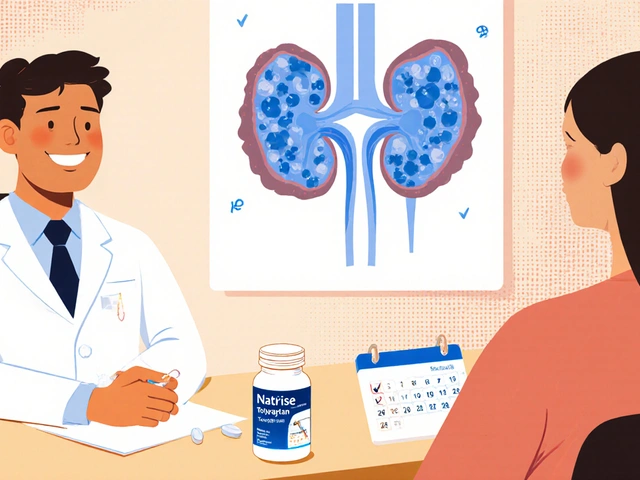Allergen Exposure: Spot the Triggers and Keep Symptoms in Check
If you’ve ever sneezed at the office or broke out in a rash after a night out, you’ve already felt the sting of allergen exposure. Allergens are everywhere – in dust, pollen, food, even some medicines. Knowing where they hide and how to lower your contact can make the difference between constant sniffles and a clear day.
Common Sources of Allergen Exposure
First, let’s map the usual suspects. In the home, dust mites love the soft fibers of bedding and couches. Pet dander clings to fur and spreads through the air. Mold thrives in damp bathrooms or basements, releasing spores that trigger wheeze and itch. Outside, pollen from trees, grass, and weeds drifts in with the wind during peak seasons. Food allergens such as nuts, dairy, or shellfish can sneak into sauces, baked goods, or even cross‑contaminated meals at restaurants. Finally, some prescription drugs, especially certain antipsychotics or steroids, can cause allergic skin reactions – something we see in a few of our tag posts.
Practical Ways to Cut Down on Allergens
Now that you know the culprits, here’s how to shrink exposure without turning life upside down.
1. Clean smart, not hard. Swap out heavy blankets for washable, hypoallergenic covers. Wash them weekly in hot water (above 130°F) to kill dust mites. Vacuum with a HEPA‑rated filter and mop floors to trap particles instead of sending them back into the air.
2. Keep humidity low. A dehumidifier set below 50% stops mold from sprouting. Wipe down shower walls after use and fix any leaks right away.
3. Choose pet‑friendly zones. If you love cats or dogs, keep them out of bedrooms. A high‑efficiency air purifier near the sleeping area wipes out lingering dander.
4. Time your outings. Check local pollen counts on your phone. When numbers are high, plan indoor activities or wear sunglasses outdoors to block pollen from reaching your eyes.
5. Read food labels like a detective. Look for “may contain” warnings and ask servers about hidden allergens. When cooking at home, separate utensils for allergen‑free meals to avoid cross‑contamination.
6. Talk to your pharmacist. Some medications listed in our tag, like aripiprazole or valproic acid, can have allergic side effects. If you notice rash or swelling after starting a new drug, call your doctor right away.
Simple habits add up fast. A few minutes each day – changing pillowcases, wiping down surfaces, checking food labels – can slash the amount of allergens you breathe in or touch.
Another quick win is to keep a symptom journal. Jot down when you sneeze, itch, or feel short‑of‑breath, and note where you were, what you ate, and what you were doing. Patterns will pop up, pointing to hidden triggers you might have missed.
Remember, you don’t need to eliminate every allergen. The goal is to lower exposure enough that your immune system stays calm and you feel better. By staying aware, cleaning smarter, and asking the right questions about food and meds, you can keep allergen exposure in check and enjoy life with fewer interruptions.

The top 10 cities in the United States for seasonal allergy sufferers
As an allergy sufferer myself, I've compiled a list of the top 10 cities in the United States where seasonal allergy symptoms can really flare up. This post is going to help people with allergies decide which places might be the best or worst to live in. Count on maps, pollen count charts, and expert opinions to guide my rankings. Remember, knowledge is your first line of defense when combatting seasonal allergies—so let's dive in!




